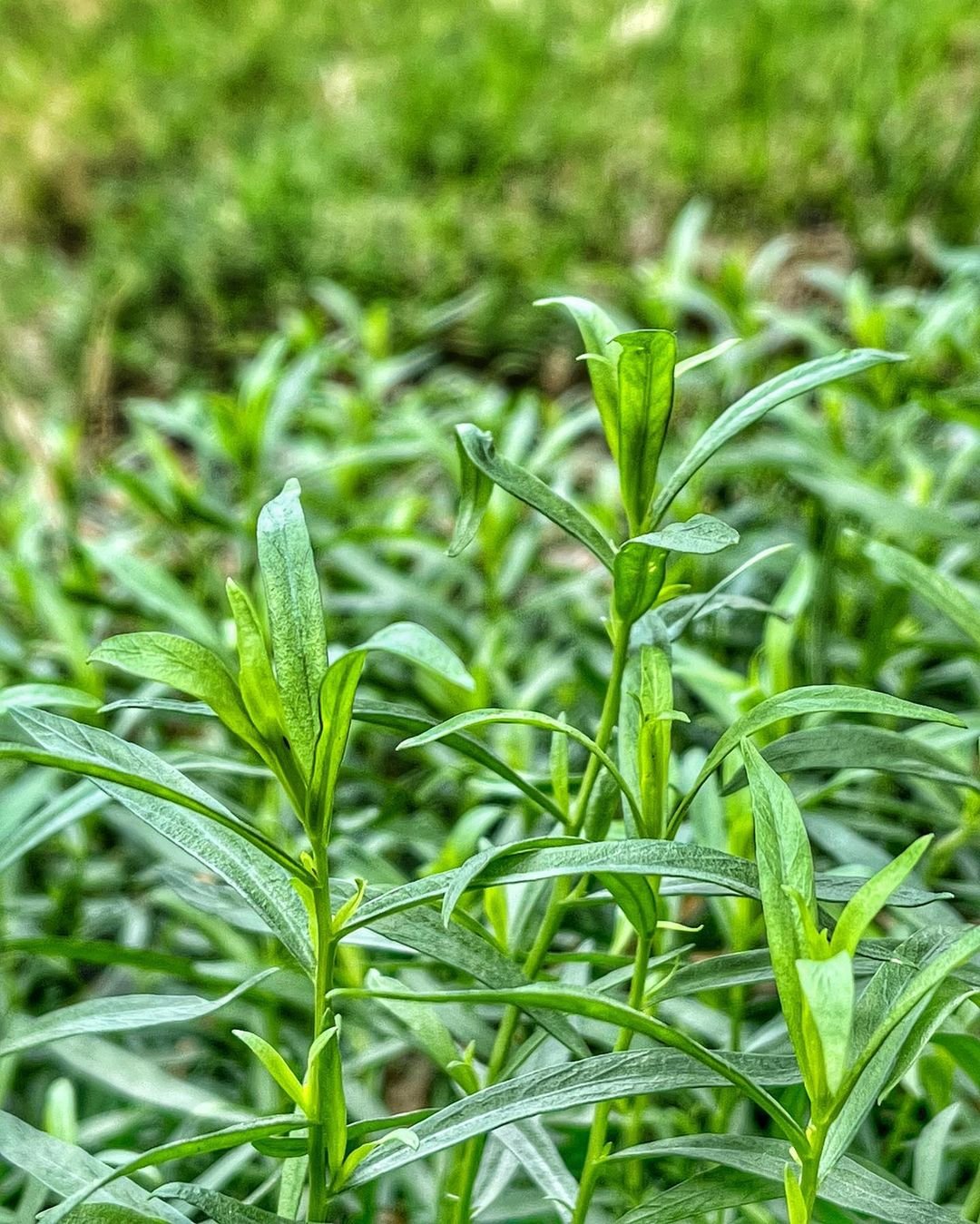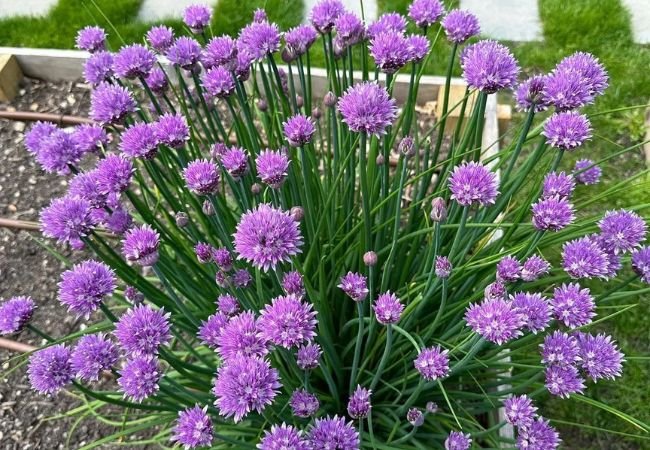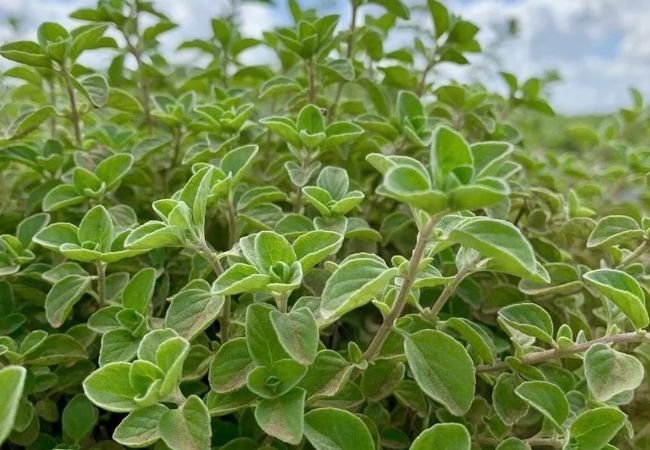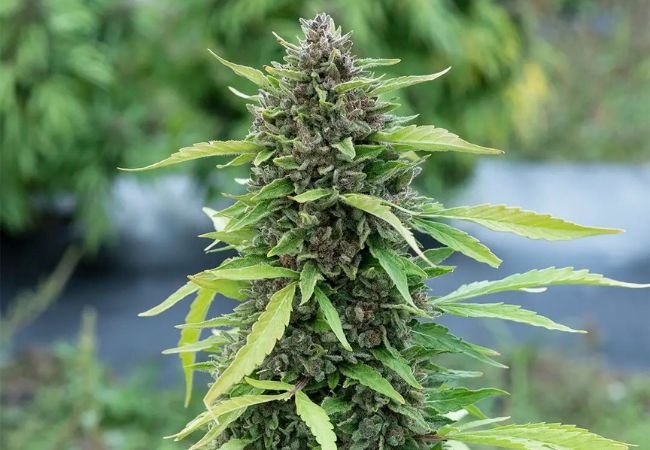The Complete Guide to Growing Flavorful Tarragon
Learn how to easily grow tarragon, the flavorful perennial herb perfect for adding vibrant anise notes to your cooking. This guide covers planting, caring for, and harvesting tarragon in gardens or containers.
Do you love the sweet anise or licorice flavor that tarragon adds to recipes? This fantastic perennial herb is a must-grow for any kitchen garden. With its skinny, elongated green leaves and tall stems, tarragon is not only delicious but attractive too.
If you’re looking to start growing your own tarragon plants, this guide will walk you through all the steps from planting to caring for the plants to harvesting the aromatic leaves and stems. Let’s get started!
Here’s a short chart with information about Tarragon (Artemisia dracunculus):
| Aspect | Information |
|---|---|
| Botanical Name | Artemisia dracunculus |
| Common Names | Tarragon, French Tarragon |
| Plant Type | Herbaceous perennial |
| Zones | 4-8 |
| Exposure | Full sun |
| Bloom Time | Summer (though often grown for leaves, not flowers) |
| Height/Spread | 2-3 feet tall, 1-2 feet wide |
About Tarragon

Tarragon (Artemisia dracunculus) is a hardy perennial herb in the sunflower family. It’s loved by chefs for the distinct anise or licorice-like flavor it lends to many French and Mediterranean dishes like béarnaise sauce, chicken, and fish recipes.
Types of Tarragon
There are actually a few different types of tarragon plants:
French tarragon – This is the most desirable variety with the best flavor. It has long, slender green leaves and doesn’t produce seeds.
Russian tarragon – Not quite as flavorful as French, with more rigid bluish-green foliage. It does produce seeds.
Mexican/False tarragon – Similar flavor to Russian tarragon with wider leaves and yellow flowers. Considered weedy by some.
Most gardeners and chefs prefer growing the French variety for maximum flavor and aroma when cooking.
When to Plant Tarragon
Tarragon can be planted in early spring as soon as the ground can be worked, around 4-6 weeks before your last expected spring frost date. You can also plant tarragon in late summer or early fall about 6-8 weeks before your first expected fall frost.
Spring planting gives tarragon time to establish itself before hot summer weather arrives. Fall planting allows the plants to develop healthy root systems over winter for an early spring growth spurt and harvest.
Where to Plant Tarragon
Tarragon performs best in full sun locations that receive at least 6-8 hours of direct sunlight per day. The more sun the better for promoting those aromatic oils that give tarragon its distinct flavor. Plants may become spindly in too much shade.
Well-draining soil is absolutely essential for growing healthy tarragon plants. They cannot tolerate soggy soil conditions that lead to root rot and overall decline. Amend heavy clay soil with compost, aged manure, or other organic matter to improve drainage.
Tarragon can be grown in-ground in raised beds or containers. Just be sure pots have adequate drainage holes and are at least 8-12 inches deep to accommodate the plants’ expansive root systems as they mature.
How to Plant Tarragon
Since tarragon has a taproot like a carrot, it’s best to plant started transplants rather than seeds. French tarragon doesn’t produce viable seeds, so buying plants or dividing existing clumps is the way to go for this variety. Russian or Mexican types can be grown from seed.
When planting tarragon from transplants or divisions, space the plants 18-24 inches apart in rows about 2-3 feet apart. This gives them room to spread as the clumps get larger over time.
Bury the roots or plant crowns just deep enough so the top is at or slightly below soil level. Water deeply after planting.
Planting Tarragon Seeds
If planting seeds, barely cover them with about 1/4 inch of soil and keep consistently moist until germination in 7-21 days depending on soil temperature. Once seedlings are 4 inches tall, thin them to final spacing.
Caring for Tarragon
Once established, tarragon is a relatively low-maintenance herb that mainly needs protection from extreme conditions to thrive.
Watering
Consistent soil moisture is key for tarragon plants, especially when first establishing their root systems. Aim for about 1 inch of water weekly from rain or irrigation, adjusting as needed based on your soil and climate.
However, tarragon cannot tolerate wet, soggy soil that leads to root rot and fungal diseases. Well-draining soil is a must. Consider raised beds or containers if you have heavy clay soil to prevent waterlogged conditions.
Fertilizing
Tarragon needs very little fertilization once it’s established. A light application of balanced fertilizer or compost in early spring before new growth appears is usually sufficient. Too much nitrogen results in excessive leafy growth but diminished flavor.
Mulching
Applying a 2-3 inch layer of mulch like bark chips, straw, or shredded leaves around your tarragon helps retain soil moisture and suppress weeds. Pull it back a few inches from the stems to allow good air circulation.
Dividing
Every 3-4 years in early spring or fall, divide overcrowded or woody tarragon plants to rejuvenate them. Carefully dig up the entire clump, splitting it into sections with a trowel or your hands. Replant immediately at the same depth.
Winter Protection
Tarragon is cold-hardy in USDA zones 4-8. In colder regions, cutting back plants to about 3 inches above the crown and mounding with 4-6 inches of shredded bark or leaves provides winter insulation. Remove mulch when new shoots appear in spring.
Potted tarragon plants should be moved to an unheated basement or garage during freezing temps. Water minimally through winter dormancy.
Pests & Diseases
When grown in the right conditions, tarragon has fairly good pest and disease resistance. Potential issues include:
Aphids
Remove by spraying plants with a strong jet of water. Use insecticidal soap for severe outbreaks.
Rust
Remove and destroy infected foliage. Apply neem oil or copper fungicide for control.
Root Rot
Caused by overwatering and soggy soil. Improve drainage and allow soil to dry before watering again.
Leaf Spots
Apply neem oil or copper fungicide if disease is severe. Remove affected foliage and avoid wetting leaves when watering.
Harvesting Tarragon
You can begin harvesting tarragon about 60-90 days after transplanting or once the plants are at least 8 inches tall. Use sharp scissors or pruners to cut off entire stems about 2 inches above the soil line.
For maximum flavor, harvest tarragon in the morning after any dew has dried but before the heat of the day. The leaves tend to be most aromatic mid-morning. Only harvest up to a third of each plant at a time to prevent stressing them too much. Then allow tarragon to regrow for 2-3 weeks before harvesting again.
To store fresh tarragon, snip off the leaves and place them in a glass or jar of water with a plastic bag tented over the top. Stored this way in the fridge, the stems will last 7-10 days. Tarragon leaves can also be dried by hanging upside down in loosely tied bunches or spread on mesh racks in a cool, dry location out of direct sun. When fully dried, strip off the leaves and store in an airtight container away from light.
So there you have it – everything you need to know to grow your own tarragon right at home! This aromatic herb is perfect for adding bright licorice notes to dishes from eggs to meat and vegetables. Let me know if you have any other questions!




One Comment